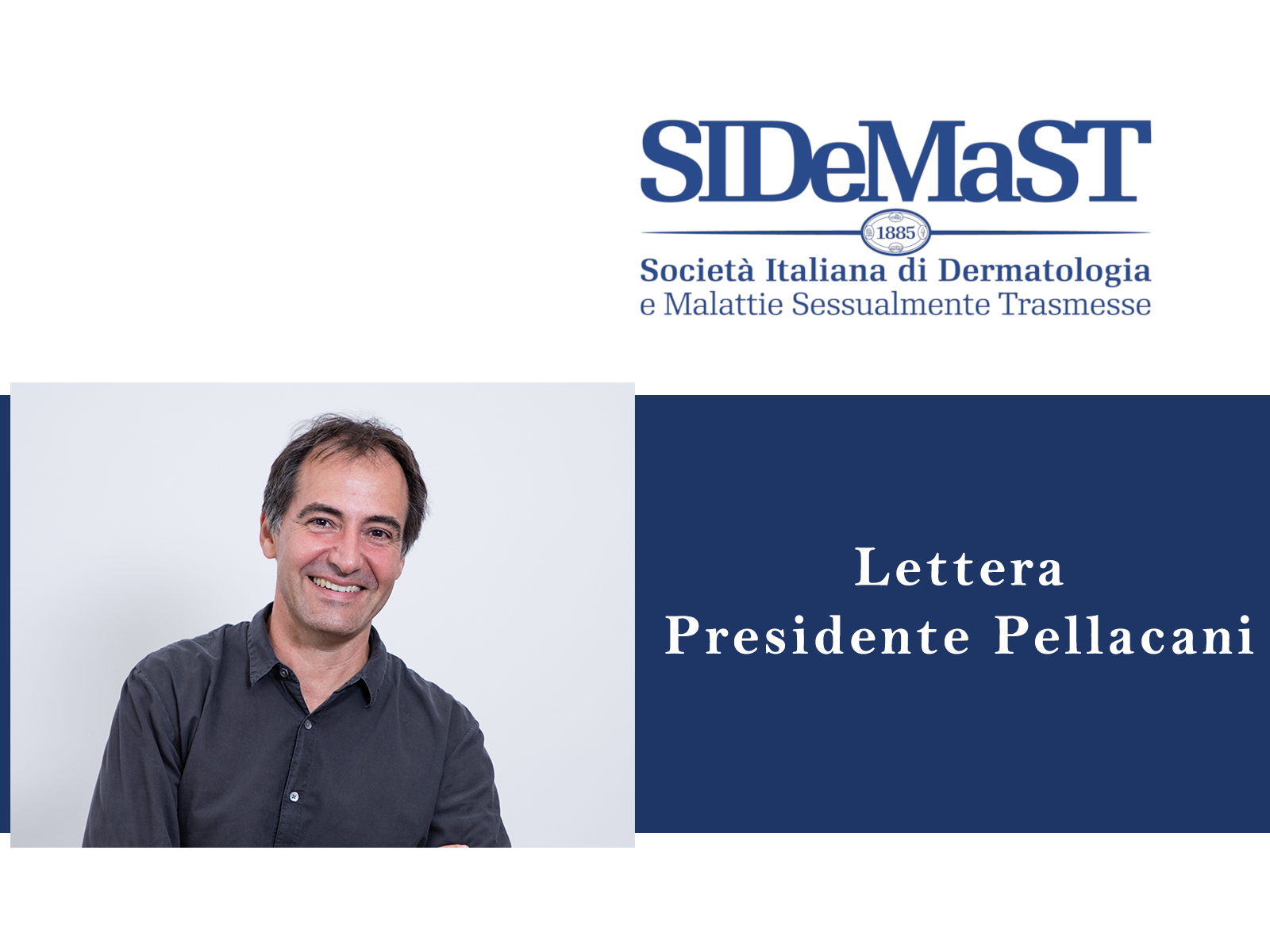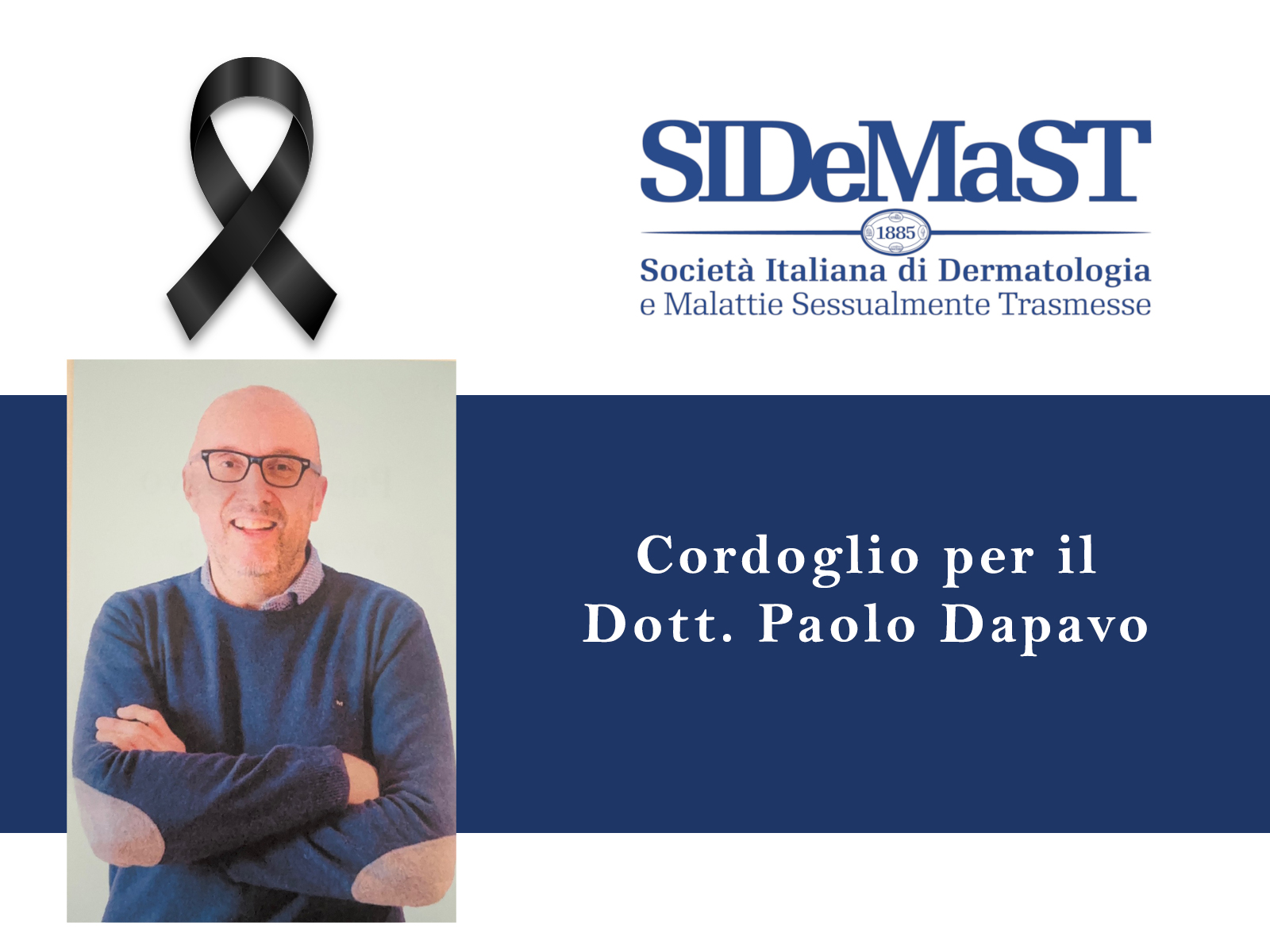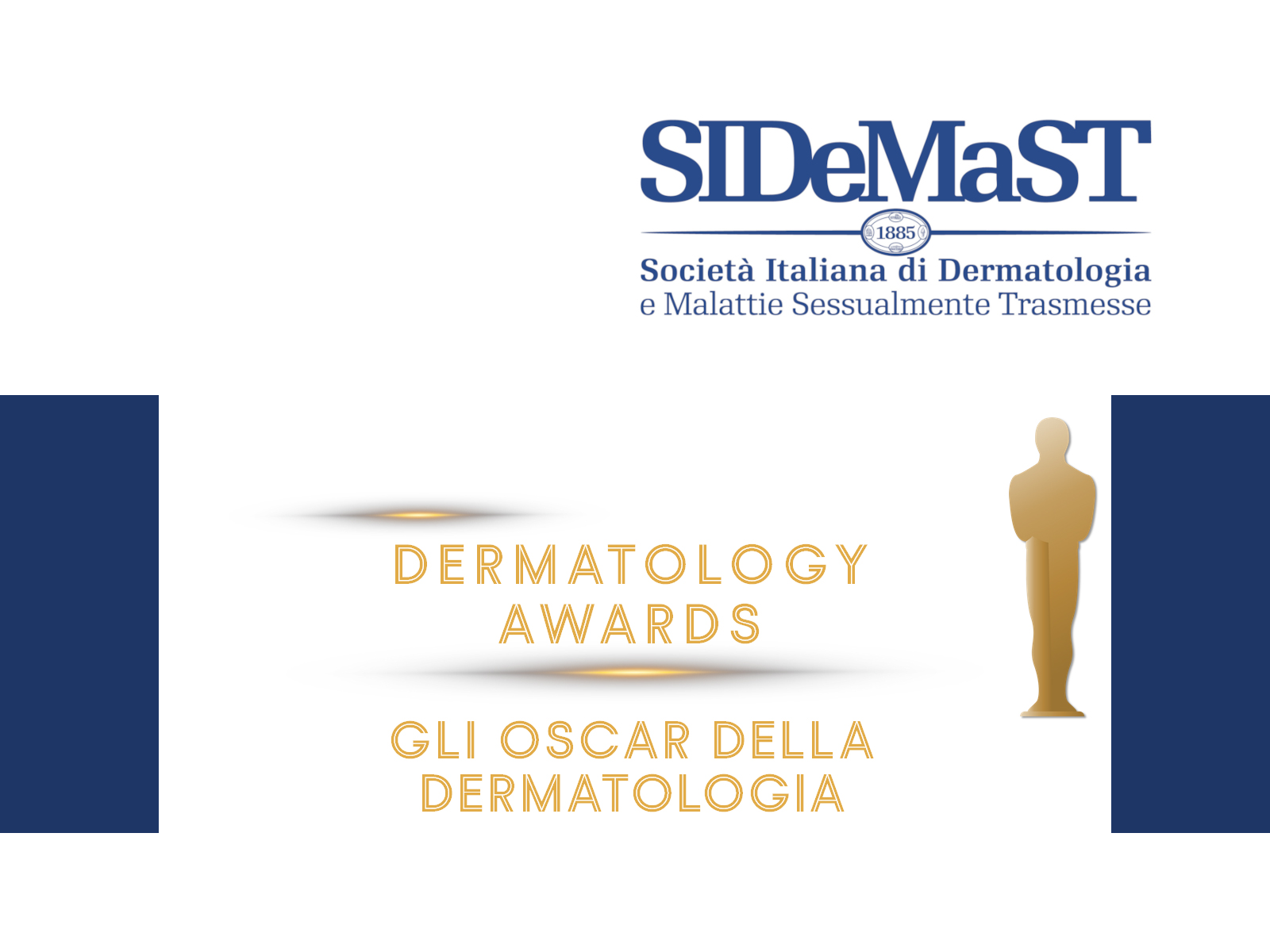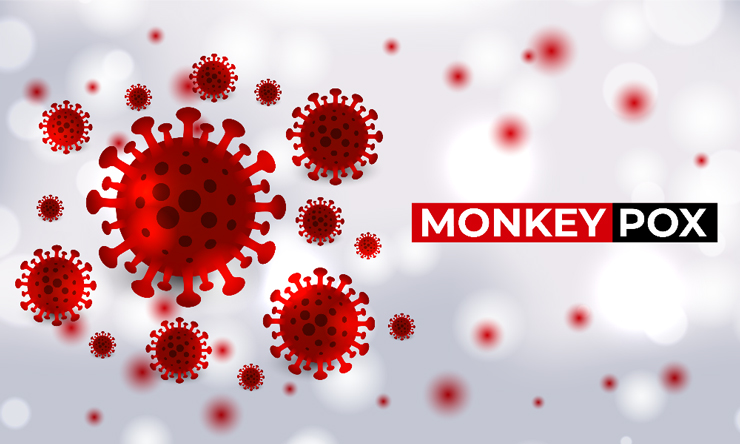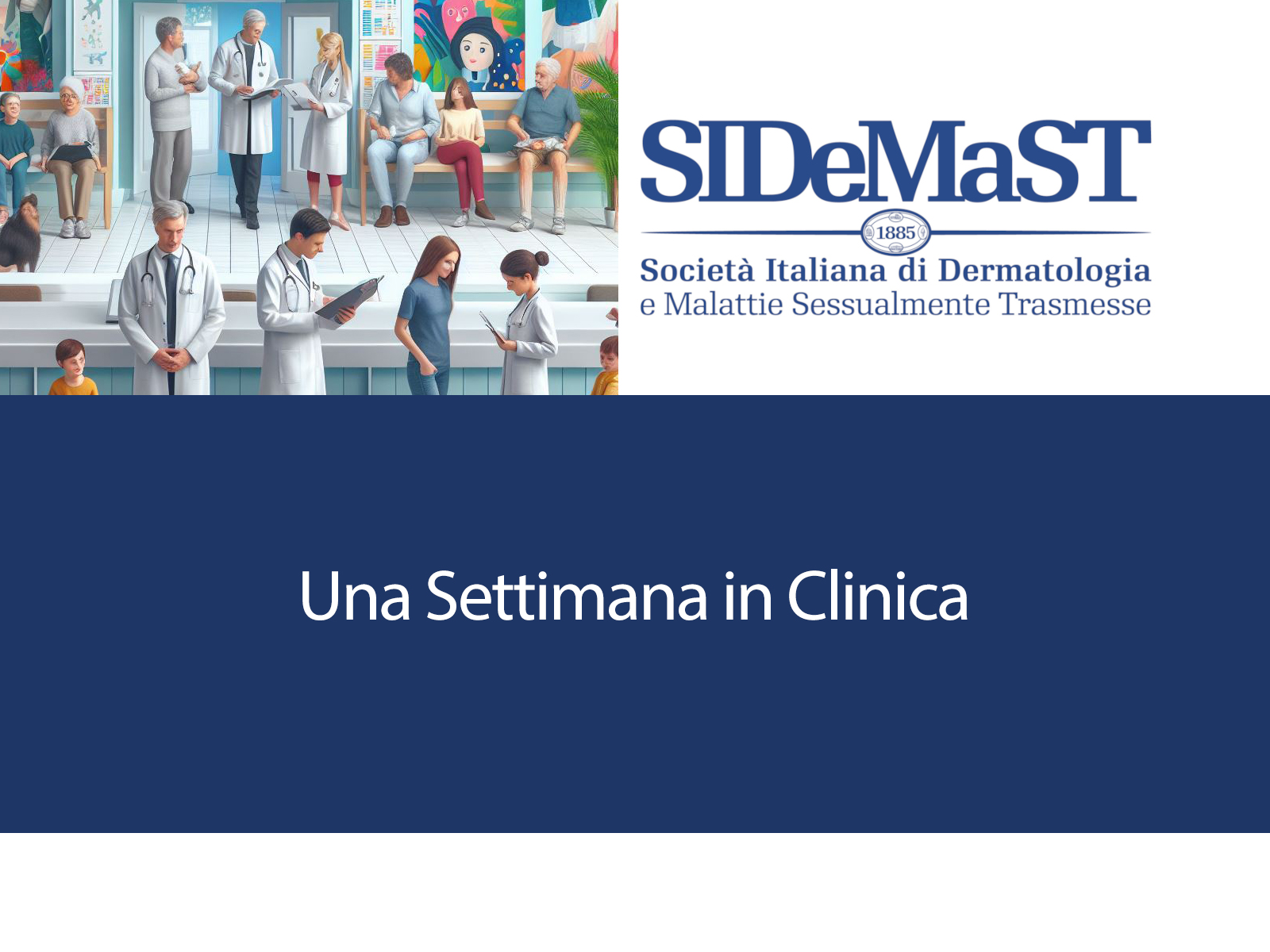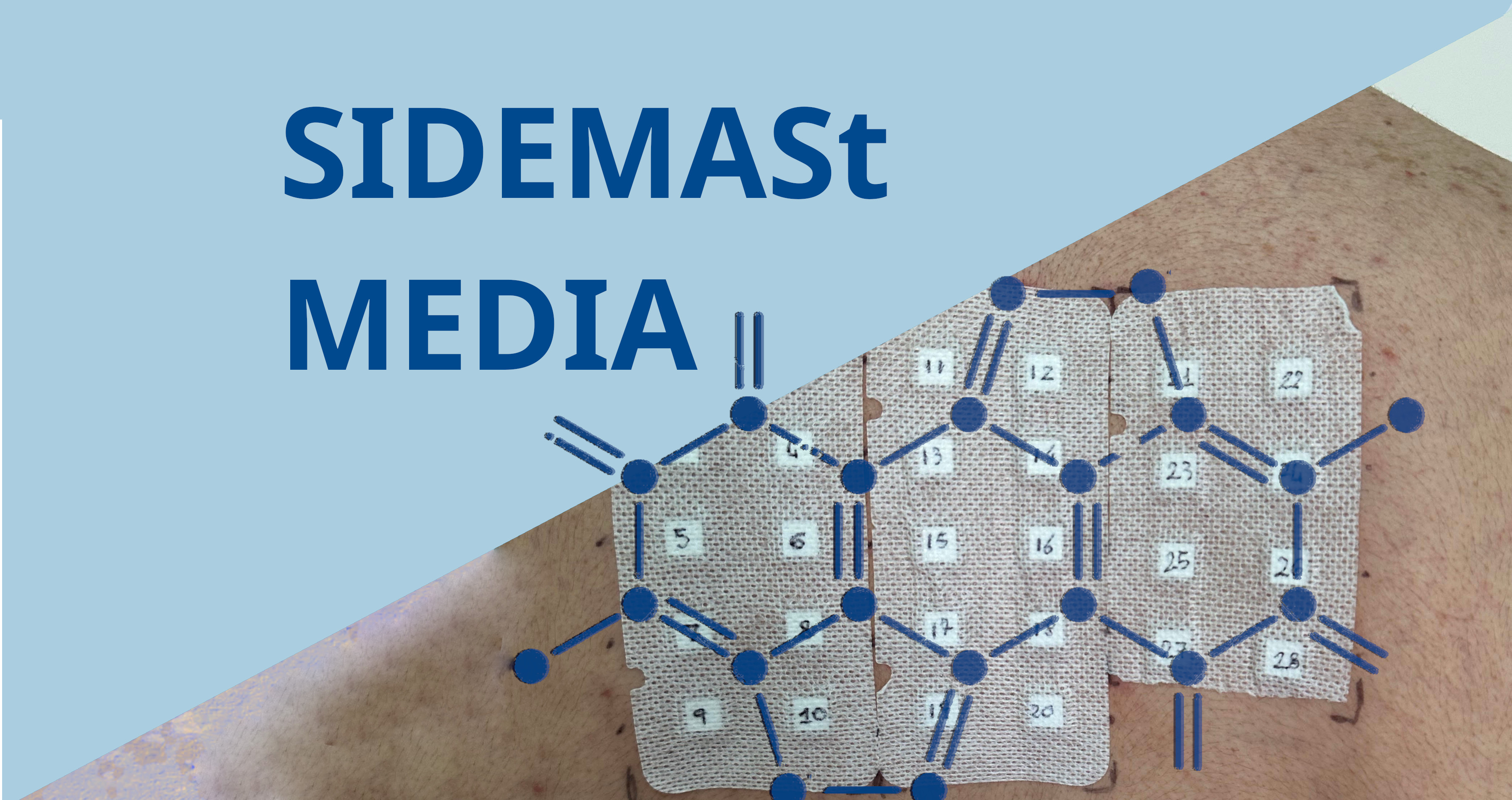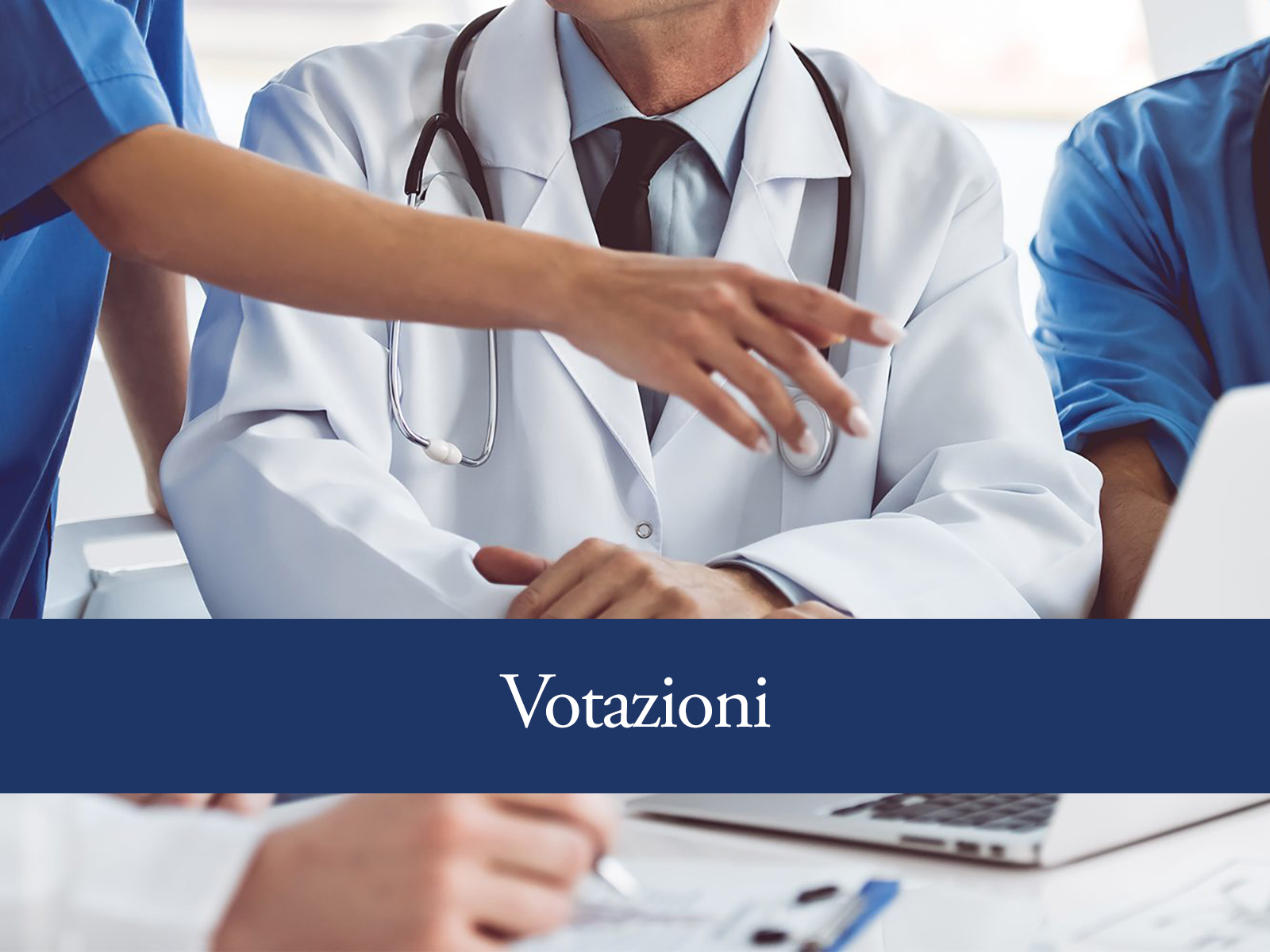Although microbiologic success rates were comparable between daptomycin and the standard of care treatment (50.4% clindamycin, 42.1% vancomycin) (SOC), more patients with complicated skin and skin structure infections (cSSSI) caused by gram-positive organisms receiving daptomycin needed fewer days of intravenous (IV) therapy, according to phase 3 trial findings presented on May 14th at the 33rd Annual Meeting of the European Society of Paediatric Infectious Diseases (ESPID).
Overall, 40.2% of patients 1 to 17 years old who received daptomycin compared to 30.1% of patients who received SOC required fewer than 3 days of IV therapy before oral conversion.
"Daptomycin has already been approved for treatment of cSSSI and bacteraemia in adults where it has demonstrated clinical success as a first-line agent against methicillin-sensitive and resistant Staph aureus bacteremia," explained Chad Glasser, PharmD, MPH, Clinical Research, Cubist Pharmaceuticals Inc., Lexington. Dr. Glasser and colleagues conducted a multicentre, prospective, evaluator-blinded, randomised, IRB-approved phase 3 clinical trial comparing the safety and efficacy of daptomycin in children 1 to 17 years of age with cSSSI to the SOC. Doses of daptomycin were age adjusted; patients 12 to 17 years old received 5 mg/kg, patients between 7 and 11 years old were given 7 mg/kg, patients 2 to 6 years old received 9 mg/kg, and the patients 1 to <2 years old received 10 mg/kg once daily to achieve exposures demonstrated as successful in adult cSSSI studies. Efficacy was assessed by a blinded evaluator at test of cure that was performed between 7 and 14 days after end of therapy and safety was assessed from the administration of the first dose to the last visit.
The study enrolled 396 patients, 319 (80.6%) of whom had a confirmed gram-positive infection. Following 2:1 randomisation, 263 patients were in the daptomycin cohort and 133 patients were in the SOC cohort.
The clinical success rates were similar between arms and only slightly favoured daptomycin: 88.3% with daptomycin and 86.3% for SOC. The microbiologic success rates were also similar at 98.1% for daptomycin versus 98.6% for SOC. The microbiologic success rates against methicillin-resistant Staphylococcus aureus were 97.1% versus 100.0% with daptomycin and SOC, respectively.
Similar safety profiles were observed between treatment arms. The incidence of treatment-emergent creatine phosphokinase elevations was 5.5% in the daptomycin versus 5.4% in the SOC arms.
Dr. Glasser summarised that daptomycin given at age-appropriate doses is as efficacious in children as in adults and generally well tolerated for the treatment of cSSSI. Both daptomycin and SOC exhibited comparably high success rates, with daptomycin treatment requiring fewer days of IV therapy, which suggested a lower overall cost.
Funded by Cubist Pharmaceuticals Inc., Lexington, USA.


